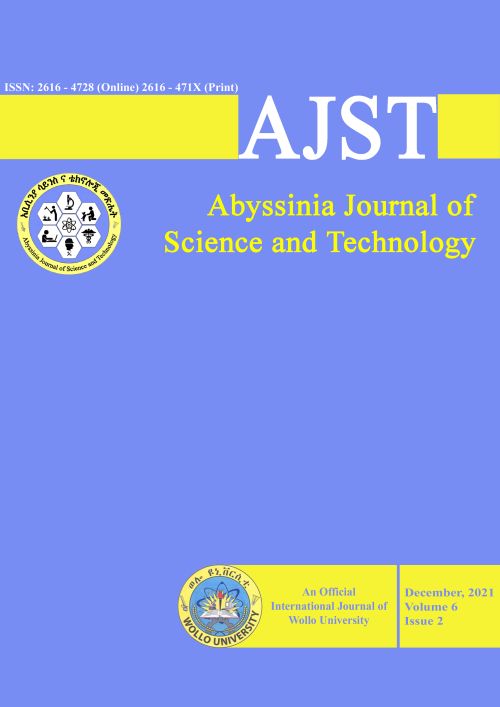Main Article Content
Impact of Lantana camara L. on Plant Diversity and Soil Physicochemical Characteristics in Wollo Floristic Region, Ethiopia
Abstract
Degraded forestland in the Wollo floristic region areas are highly invaded with Lantana camara L. species due to the invasive nature of the species and less consent of resource manager. This study was intended to assess the effects of Lantana camara L. on plant diversity and selected soil parameters. Thus, the study forests were stratified into three categories such as highly invaded, moderately invaded and un-invaded forest. In those sites, a total 30 sample plots, for tree and shrub assessment (main plot size of 20 m × 20 m), seedling and sapling (two subplots of 2 m × 5 m), and herbaceous species and soil sampling (five 1 m × 1 m subplots) within each main plot were used. All plant species in all plots were recorded; trees and shrubs Height and Diameter at Breast Height were measured. The data was then analyzed using R-Software. In the study sites, species abundance and basal area decreased with increasing invasion of Lantana camara L. from highly invaded, moderately invaded to an un-invaded site in that order. The invaded site had the least Shannon Weiner (H’) value, while the highest value was in the un-invaded site. Phosphorus and organic carbon were highest in the invaded site, followed by the moderately invaded site, and lowest in the uninvaded site. In conclusion, the species result in changing species composition and horizontal structure, then, it is recommended that local communities and policymakers should formulate effective controlling strategies to protect further expansion.






